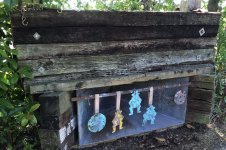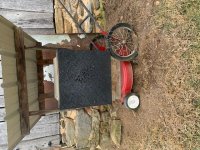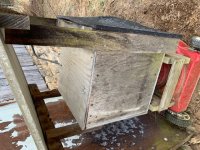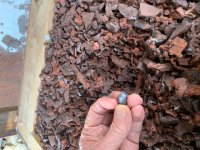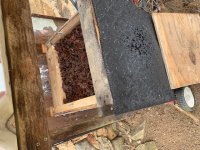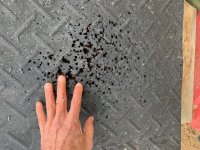John Hill
Member
I cast my own bullets and have built a good bullet trap. It is a 20" square cube made of 3/4" plywood on all sides except the front. I have covered the front with heavy "Horse Mat" material from Tractor Supply. It is filled with shredded tire landscape mulch from Lowes. It is under a protective piece of metal roofing to keep the water out. I staple the paper targets to the horse mat front.
It works great. It stops .223, .38 sp, and .45 ACP, and thousands of rounds of .22 LR. The small rounds have really perforated the front but since it is so perforated, the .45's really punch some holes and are causing the weight of the mulch/lead to bulge out the front. Nothing comes out yet.
I can tilt it on its back and unscrew and remove the horse mat front to replace it.
My question is what material would someone recommend to replace the mat for a front.
John
It works great. It stops .223, .38 sp, and .45 ACP, and thousands of rounds of .22 LR. The small rounds have really perforated the front but since it is so perforated, the .45's really punch some holes and are causing the weight of the mulch/lead to bulge out the front. Nothing comes out yet.
I can tilt it on its back and unscrew and remove the horse mat front to replace it.
My question is what material would someone recommend to replace the mat for a front.
John

